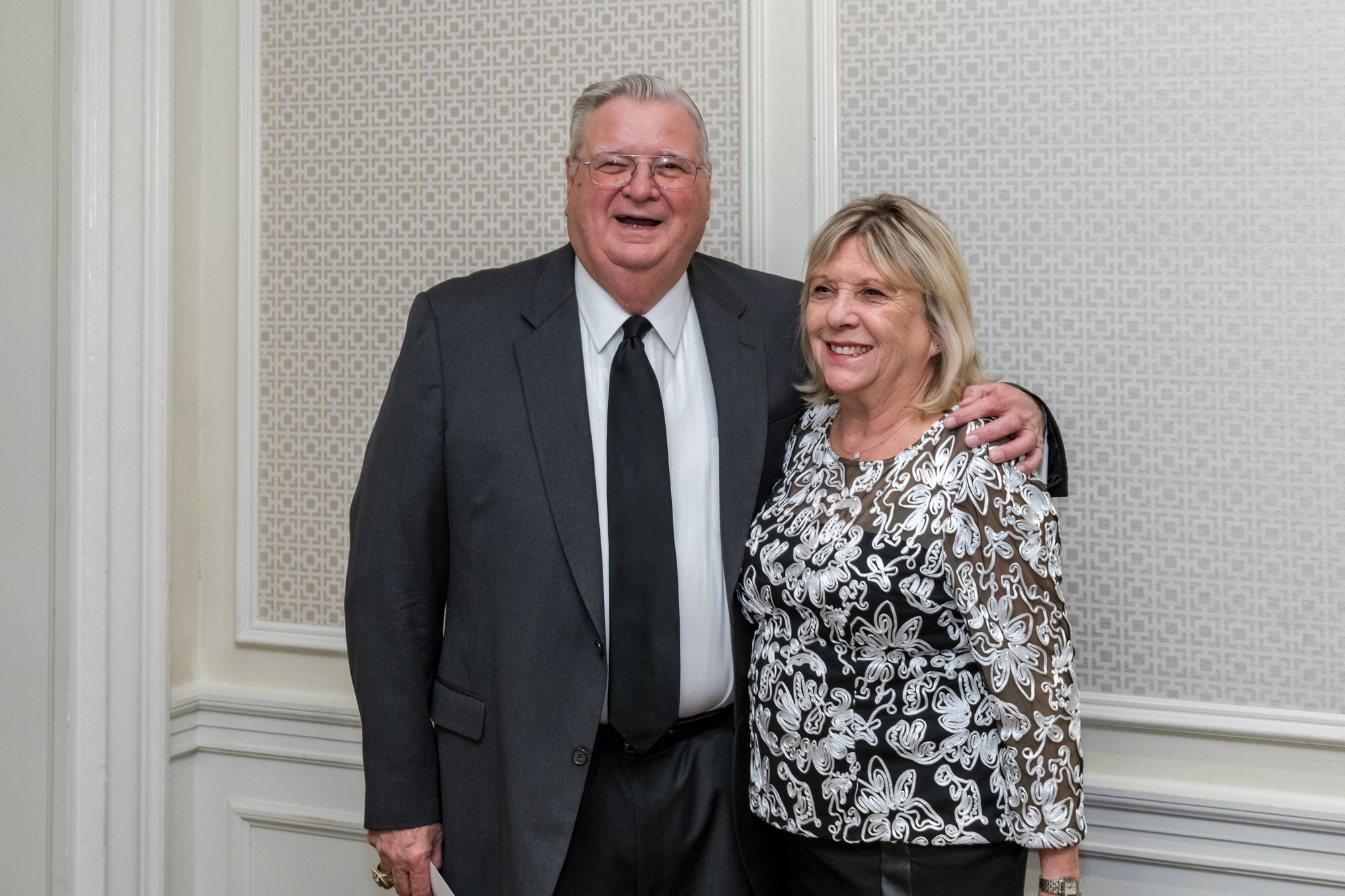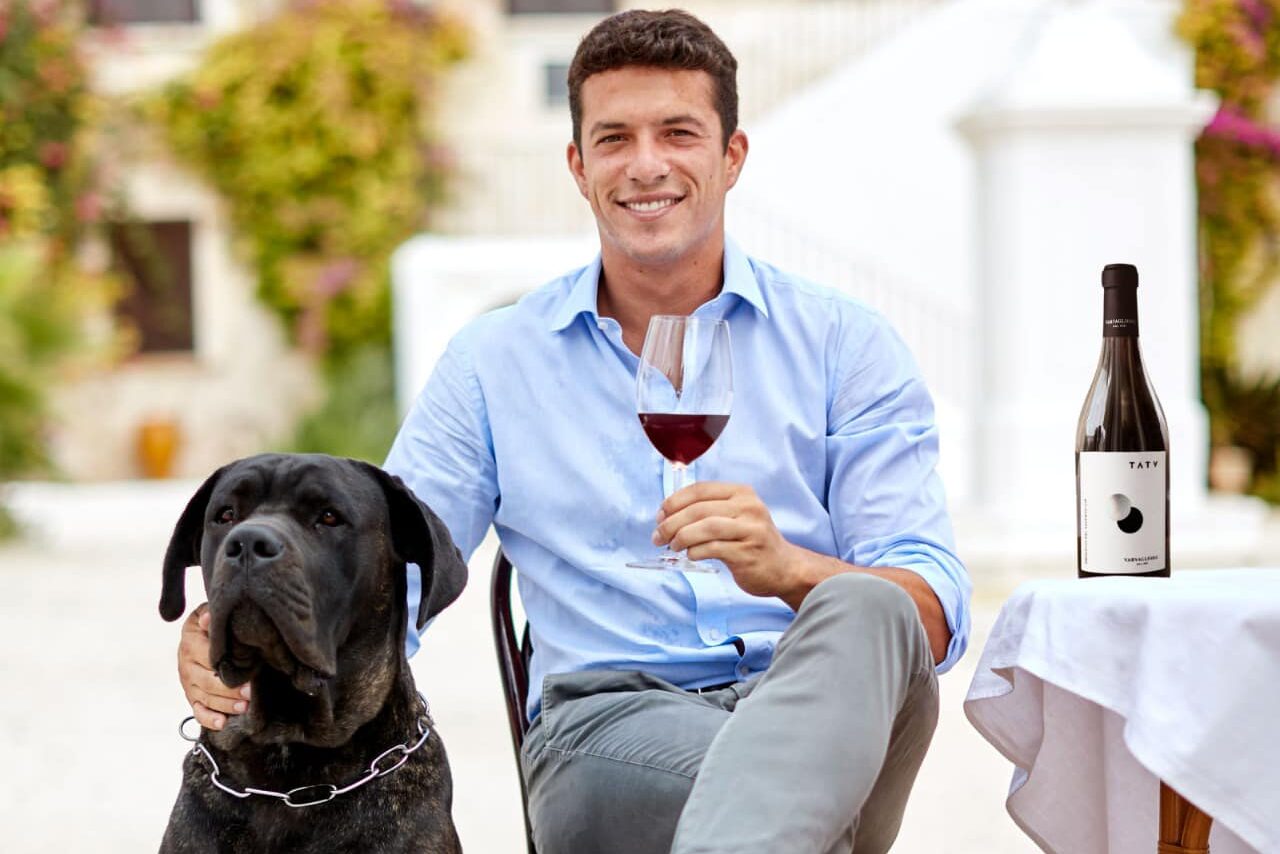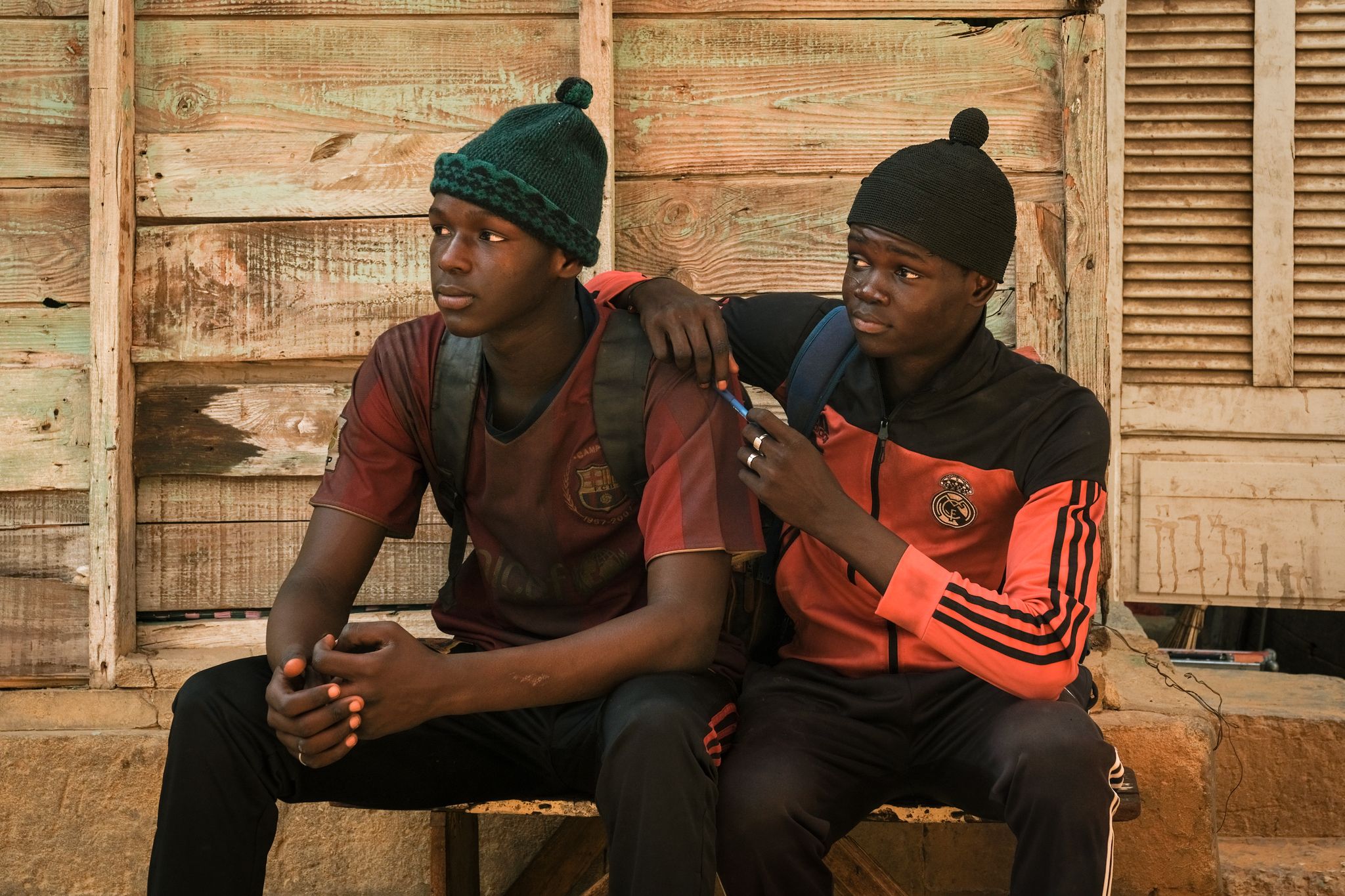Do not call it a race! Who has been part of the California Mille in the last years cannot help but call it either a “tour” or a “drive. Every year, for a full weekend, San Francisco and the Bay Area become the place where-to-be for car lovers from all over the United States. While the California Mille 2016 started on Monday 25th, cars that could have qualified for Italy’s Mille Miglia event, that ran from 1927-1957, arrived at San Francisco’s Nob Hill from other American States and two foreign countries on Sunday.
On Friday, the race had been also anticipated by a special event at the Italian Cultural Institute in collaboration with the Amici Americani della Mille Miglia and with the patronage of the Automobile Club of Mantova. A presentation on food, wine, culture and speed regarding the city of Mantova (Mantua), named Italian Cultural Capital for 2016, was also hosted by Director Paolo Barlera. The goal was to make the audience learn more about the culture of Mantua as well as the legendary race-car driver Tazio Nuvolari, known as ‘Il Mantovano Volante’ (The Flying Mantuan) and the vintage photos dedicated to both Mantova and Nuvolari on display until May 15th.
David Swig, Director of the California Mille, took part to the event giving his personal contribution, by sharing not only the history of the race but also the importance it got through the years.
“The California Mille was founded in 1991 as an annual event”. He explained “Originally recognized by the Mille Miglia organization in Brescia, it is held each Spring like the original Mille Miglia, starting on the last Sunday in April.” And continued: “The California Mille started when John Lamm and my father, Martin, who went to the 1982 Mille Miglia in Brescia with my dad’s 1955 Alfa Romeo 1900 Zagato.” One of the most popular comments left by Martin Swig has now become a sort of slogan of the event “I discovered that California looked like more Italy than Italy itself did”.
It is not by chance that, since the early ‘90s, San Francisco became the place of the start of the tour: the first California Mille, which was actually recognized by the Brescia group and sponsored by Alfa Romeo, was run in October 1991 with only 50 cars participating but it has not changed much since then: as explained by David Swig, “The California Mille covers 1000 miles in four days, changing its route every year. More than a race, it is actually a tour with drivers keeping a normal, respectful speed while they enjoy the journey.” The peculiarity shared by the cars is that they could have all competed the Mille Miglia Race in 1957. 2016’s tour includes sixty-seven cars from international dealers like Ferrari, Maserati, Lancia, Fiat. The event involves 150 people total, able to pay $700 to take part of a tour which also includes dinners and end-of-the-day meet-ups with Italian wines and food.
Before the tour started, drivers and visitors gathered at the Fairmont Hotel on Sunday, with David and Howard Swig presenting each single car and detailing production, styling and racing milestones. During the exhibition, we talked to some participants. Among them, Rob Kauffman and his daughter Mary Fry who have been driving the Ferrari 250 TDF during the California Mille in the last three years: “We come all the way from Connecticut and we also lived in Rome for some time, where we learned the language and enjoyed the Italian life. I have owned this car for a while now and it was originally in the 1957 Mille Miglia.” And continued: “I am very happy to do this experience with my daughter Mary, it is a privilege to take part to such event which includes lots of fun and great social events. We love Italy but California is pretty good too!”
On Monday morning at 8:45, Italian Cultural Institute’s director Paolo Barlera waved the Italian flag at the departure arch spanning Mason Street at California, to officially start the four-day event. Moreover, a 2016 Ferrari led the historic vehicles down Nob Hill and into the Presidio where the Mille cruised to the Pacific Coast, drove through Half Moon Bay and end Day 1 in Carmel Valley. With stops in San Simeon and the Hearst Castle, through Paso Robles, Adelaida, Paicines (formerly named Tres Pinos) and Tres Pinos, the thousand-mile drive ended in Carmel with special awards and farewell ceremony.































